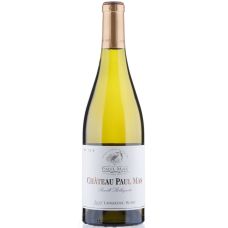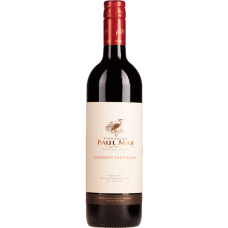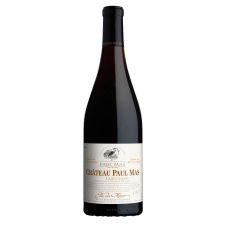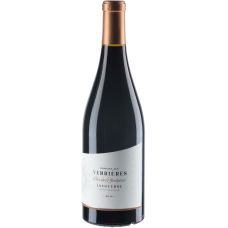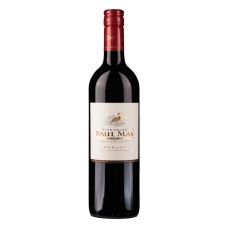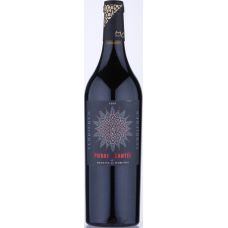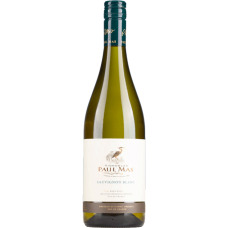Languedoc is a large and diverse wine region in the south of France, covering an area that stretches from Nimes and Montpellier in the east, around the Gulf of Lyon to the Spanish border As suggested by the double-barreled name, Languedoc-Roussillon was once two independent regions – Languedoc and Roussillon Although the worlds of wine politics and commerce have enduringly grouped the two together, geography and culture separate them; Languedoc is quintessentially French in character, whereas the strong influences of Spanish and Catalan culture are clear across Roussillon While Languedoc's vineyards are mostly located on coastal plains, those of Roussillon are either perched on cliff tops or nestled in the foothills of the Pyrenees.
However, the two regions have been treated as a single unit so often – and for such a significant period of wine history – that it is now difficult to divide them Languedoc-Roussillon is showing significant progress in the quality of its wines With keenly priced competition from countries like Australia and Chile, the rustic style of the region's traditional wines was not sufficient to ensure continued commercial success Emerging styles, innovative producers and revived viticultural areas are now introducing fresh life.
This is demonstrated by the rapid investment, diversification and improvement in the wines of Maury in northern Roussillon; the development of more-modern wine styles such as Cremant de Limoux; and the inclusion of rose and white wines in the Collioure appellation Perhaps most significant of all, is the new Languedoc title – introduced in 2007 to provide a consistent quality appellation for the entire Languedoc-Roussillon region.
- 750ml
- 750ml
- 750 ml
- 750ml
- 750ml
- 750ml
- 750ml
- 750ml

